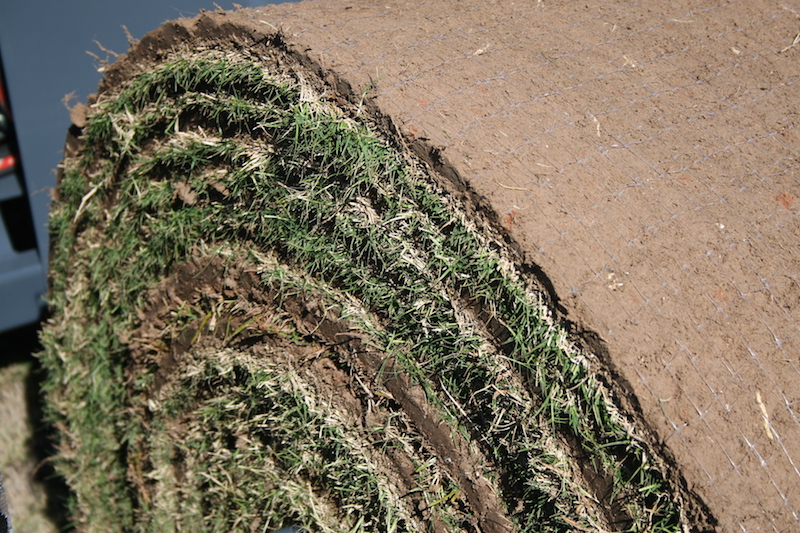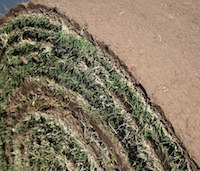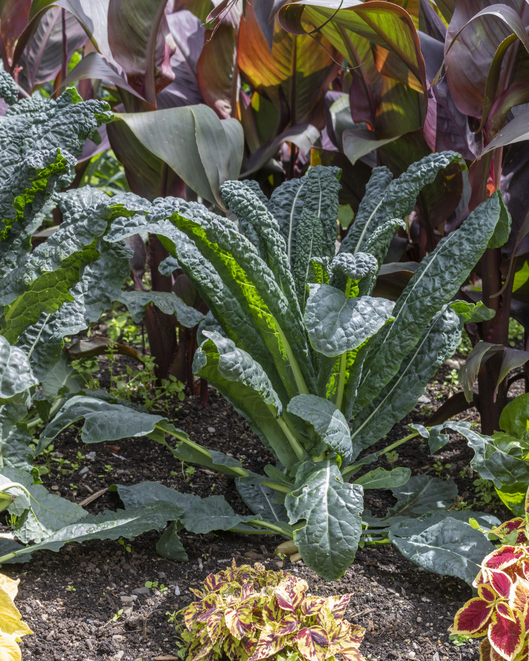If your spring landscape plans include installing sodded turfgrass, you can expect to pay more this year, according to a University of Georgia and Georgia Urban Ag Council survey.
Thirty-five Georgia sod producers participated in the 2013 telephone survey. The growers represented farms ranging from less than 300 acres to more than 900 acres, but the majority of the survey participants manage less than 300 acres.
Inventory and prices
“The purpose of the annual survey is the determine inventory levels and projected price changes,” said Clint Waltz, turfgrass specialist with UGA Extension. “We found that delivered prices for the bermudagrass, centipedegrass and St. Augustine are expected to increase by more than 13 percent. Bermudagrass and centipedegrass prices should be at historic levels.”
Waltz attributes the price increase to unfavorable environmental conditions during the regrowth period this past summer and fall sod sales. Both large and small scale sod producers were affected by the lack of sunlight during the 2013 growing season and were unable to regrow enough grass to meet expected demands, Waltz said.
“Several growers have told me that strong fall sales have dropped their inventories of warm-season grasses down to levels lower than they commonly experience in the first five months of the year,” he said.
Fifty-two percent of the bermudagrass growers rated their fall inventory as adequate to excellent. But nearly half the bermudagrass growers (48 percent) surveyed projected having less than adequate supplies this spring.
“The supply of bermudagrass is low, regardless of the farm size,” Waltz said.
The number of growers producing zoysiagrass grew with 60 percent of those surveyed growing the grass. Forty-eight percent of these growers project a shortage this year.
Of the producers surveyed, 57 percent grow centipedegrass. Thirty-five percent of these anticipate a 2014 inventory shortage. Sixty percent of the St. Augustinegrass growers reported adequate supplies.
All tall fescue producers reported an adequate inventory, which continues a 10-year trend. Eighty-six percent of the tall fescue growers surveyed reported excellent to adequate inventories.
Prices up for all varieties
The delivered price is expected to increase for all grasses in the survey. A truckload of bermudagrass delivered to the Atlanta area, or within 100 miles of the farm, is expected to rise 14 percent.
The delivered price of zoysiagrass is expected to rise 1.4 percent to 35.8 cents per square foot.
“Considering expected price increases for 2014 and consumer demand, spring and summer prices for zoysiagrass are likely to exceed these survey prices,” Waltz said.
The price of delivered centipedegrass is also expected to rise to an average of 23.5 cents.
“Interestingly, it has taken seven years for centipedegrass to match or exceed its 2007 price (21.3 cents),” Waltz said.
Tall fescue’s delivered price is expected to rise 1.7 percent to an average of 24 cents per square foot. The average price should fall between 20 and 30 cents.
St. Augustine’s delivered price should be up by 17.3 percent to an average of 34.6 cents per square foot.
“This year’s gain brings St. Augustinegrass back in line with 2006 and 2007 prices,” Waltz said. “Since it was added to the survey in 2005, St. Augustinegrass prices have varied wildly compared to other species. Last year there was a 13 percent decrease from the previous year, and this year the prices are expected to rise 17 percent.”
You get what you pay for
Buyers who prefer certified sod should expect to pay an additional 2 to 3 cents per square foot. This year marks a seven-year price increase for certified grass.
“This translates to between $10 and $15 extra on a 500 square foot pallet,” Waltz said. “Consumers should consider this a nominal cost to insure varietal purity of a perennial species.”
The survey revealed that most Georgia-grown sod is sold to landscape contractors (39 percent) with homeowners following as the second largest purchasers (14 percent). The remainder of the supply is bought for sports/athletic fields, golf courses, garden centers, brokers, developers and landscape designers.
None of the sod growers surveyed expect to reduce the number of acres they produce in 2014. Eighteen of the 35 producers plan to add more acres this year. “These additional acres would not affect the market until 2015 or 2016,” Waltz said.
The UGA Farm Gate Value Report estimated the 2012 farm gate value of Georgia turfgrass at $83.7 million and reported 21,728 acres devoted to turfgrass. The top five turfgrass producing counties in Georgia are Macon, Cook, Bulloch, Bartow and Sumter.
To view the complete survey, go to www.GeorgiaTurf.com.








